Bedtime
-
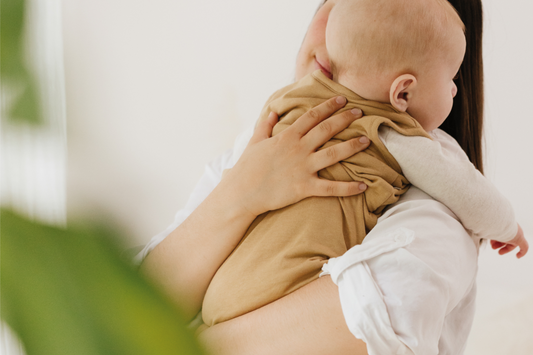
How to get baby to sleep through the night
It can be exhausting becoming a new parent. Whether your baby starts to cry in the dead of night, first thing in the morning or anywhere in between, interrupted and...
November 2023Équipe PerlimpinpinHow to get baby to sleep through the night
It can be exhausting becoming a new parent. Whether your baby starts to cry in the dead of night, first thing in the morning or anywhere in between, interrupted and...
November 2023Équipe Perlimpinpin -
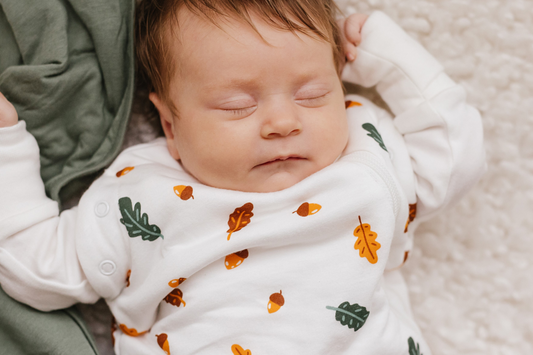
How to put a baby to sleep and optimize your ba...
Babies experience a lot of growth in their first years of life. Sleep is essential to their growth. On average, newborns sleep for nine hours during the day and eight...
November 2023Équipe PerlimpinpinHow to put a baby to sleep and optimize your ba...
Babies experience a lot of growth in their first years of life. Sleep is essential to their growth. On average, newborns sleep for nine hours during the day and eight...
November 2023Équipe Perlimpinpin
New Parents
-
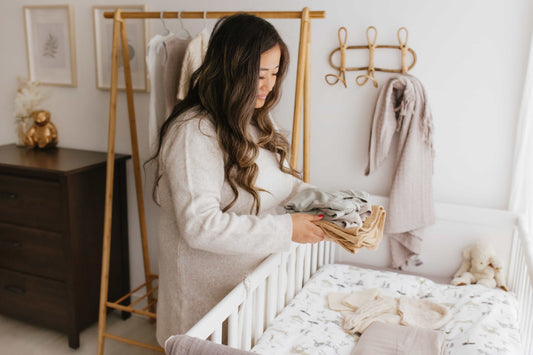
The best presents for new moms
Do any of your friends, coworkers, or relatives have an upcoming baby? Purchasing gifts for recently arrived mothers can be difficult. Do you want to get her something useful for...
November 2023Équipe PerlimpinpinThe best presents for new moms
Do any of your friends, coworkers, or relatives have an upcoming baby? Purchasing gifts for recently arrived mothers can be difficult. Do you want to get her something useful for...
November 2023Équipe Perlimpinpin
Tips & Tricks
-
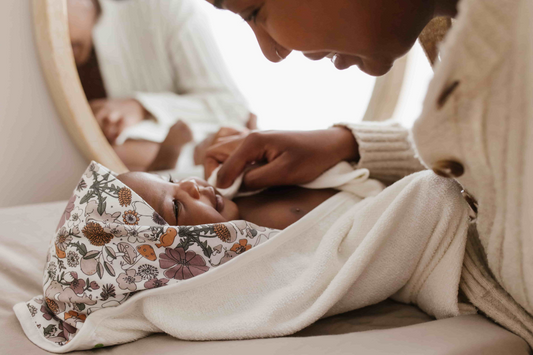
Baby clothes: Top tips for newborn clothes and ...
Parents who are expecting their first child (or their tenth!) may experience sensory overload. There are a ton of factors to think about and a lot of emotions to deal...
November 2023Équipe PerlimpinpinBaby clothes: Top tips for newborn clothes and ...
Parents who are expecting their first child (or their tenth!) may experience sensory overload. There are a ton of factors to think about and a lot of emotions to deal...
November 2023Équipe Perlimpinpin -
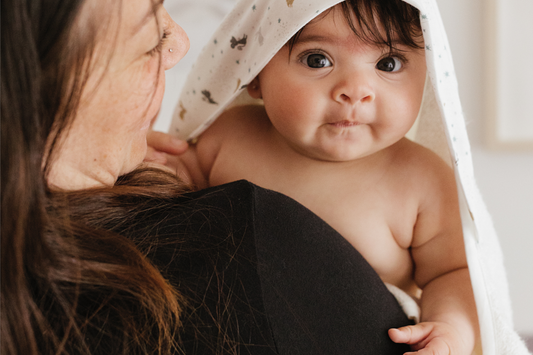
Everything you need to know about baby clothes
Are you soon to become a parent? Are you having trouble choosing the best baby clothes for your registry? Or are you a friend or relative attempting to determine what...
November 2023Équipe PerlimpinpinEverything you need to know about baby clothes
Are you soon to become a parent? Are you having trouble choosing the best baby clothes for your registry? Or are you a friend or relative attempting to determine what...
November 2023Équipe Perlimpinpin





